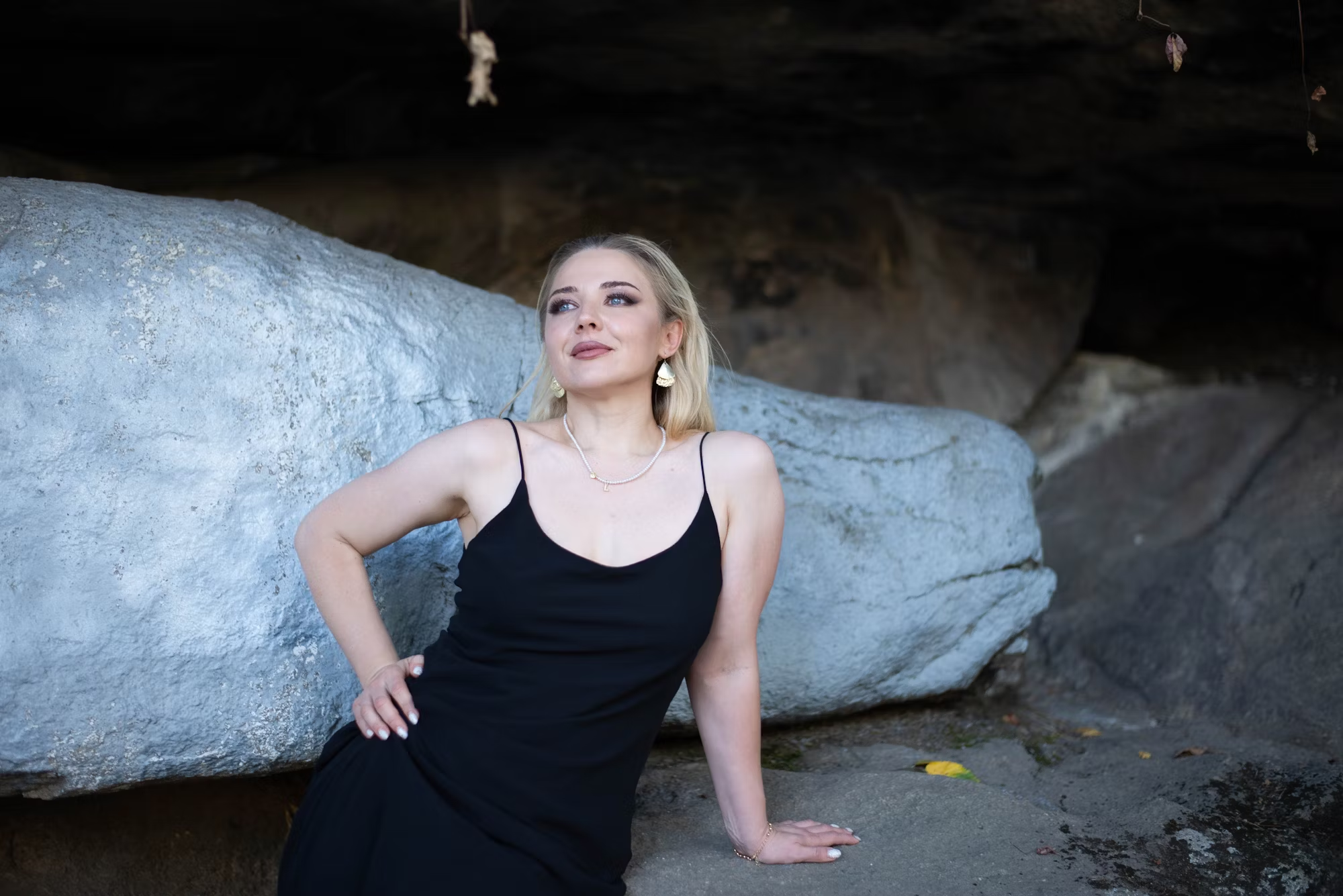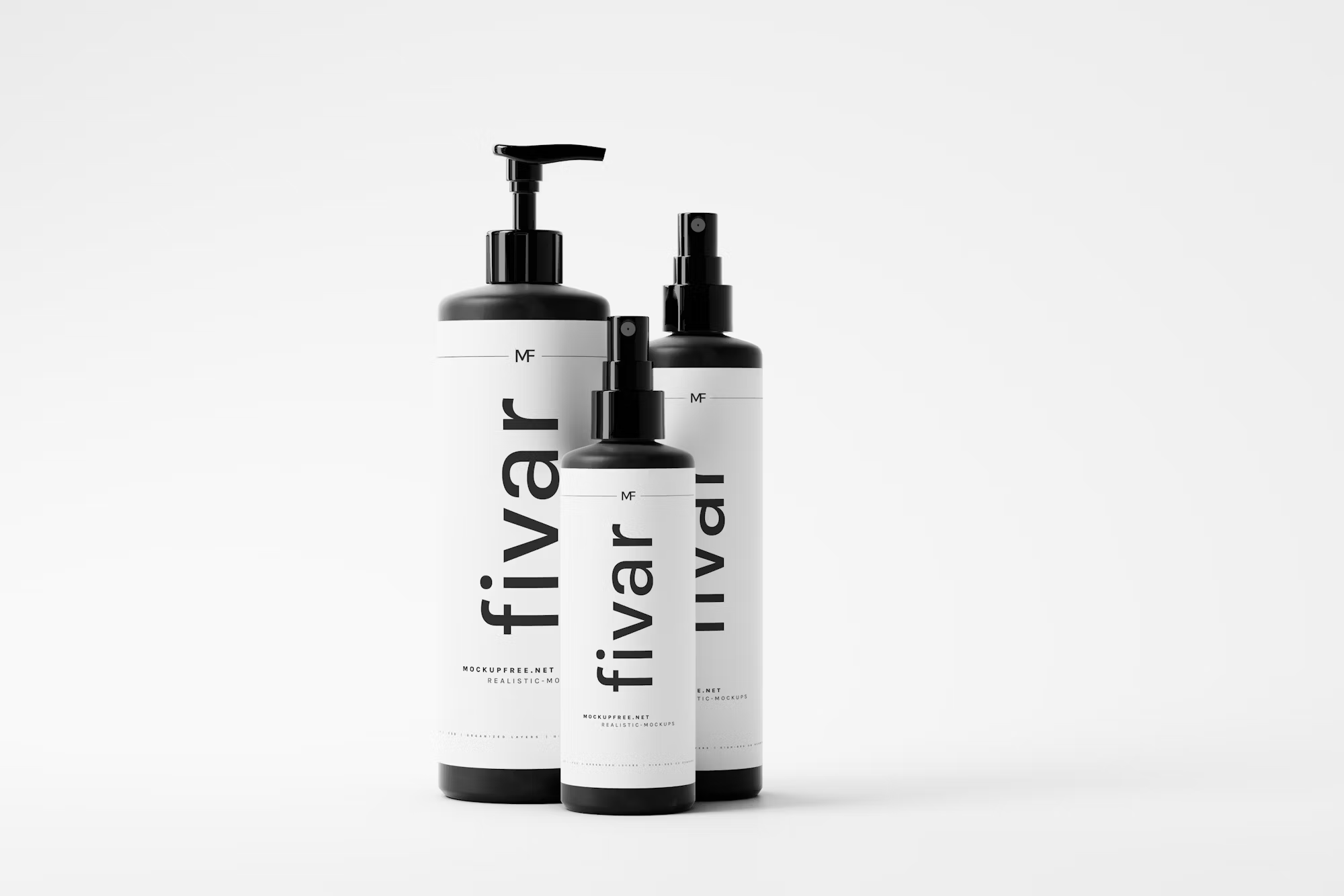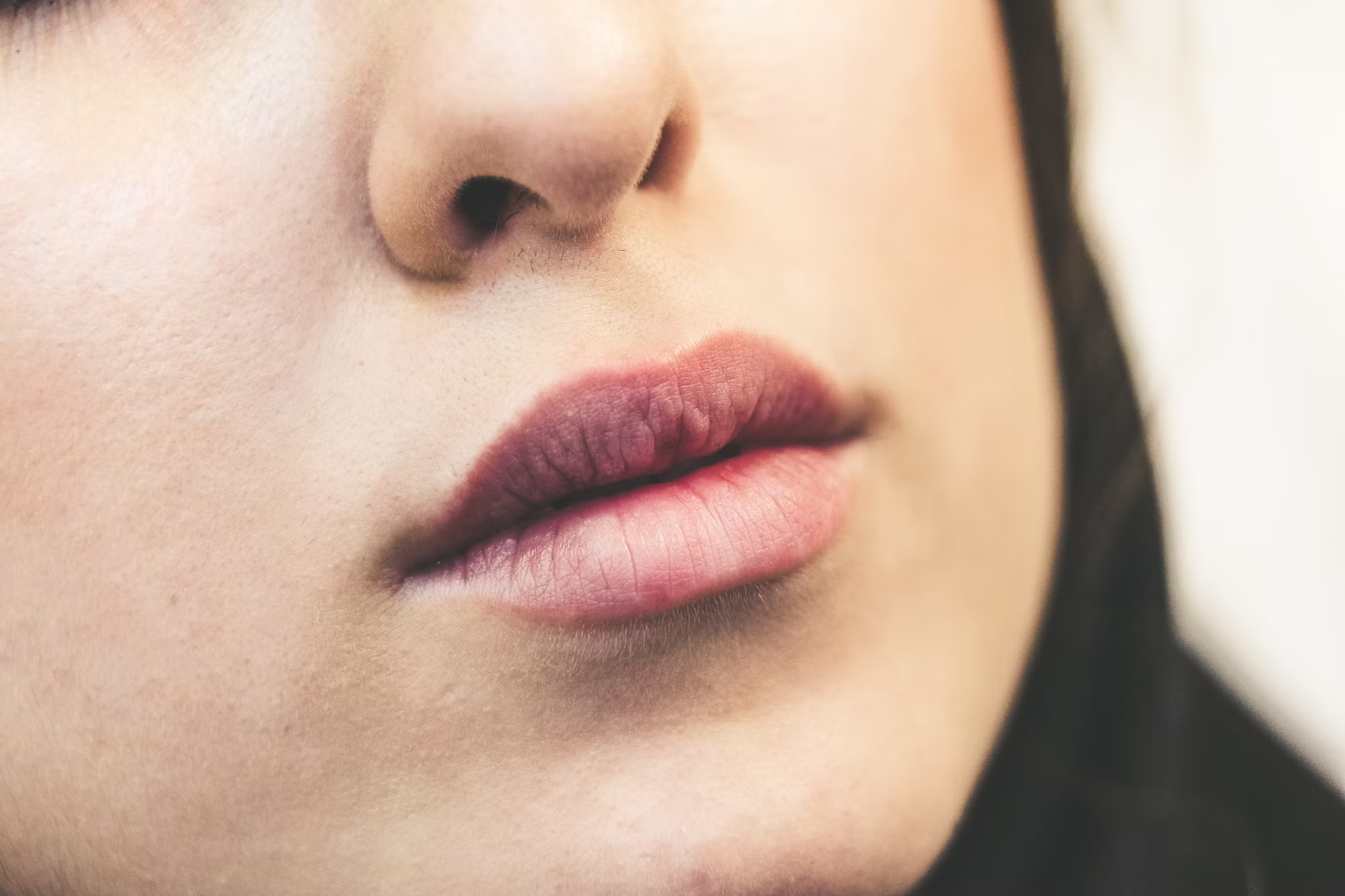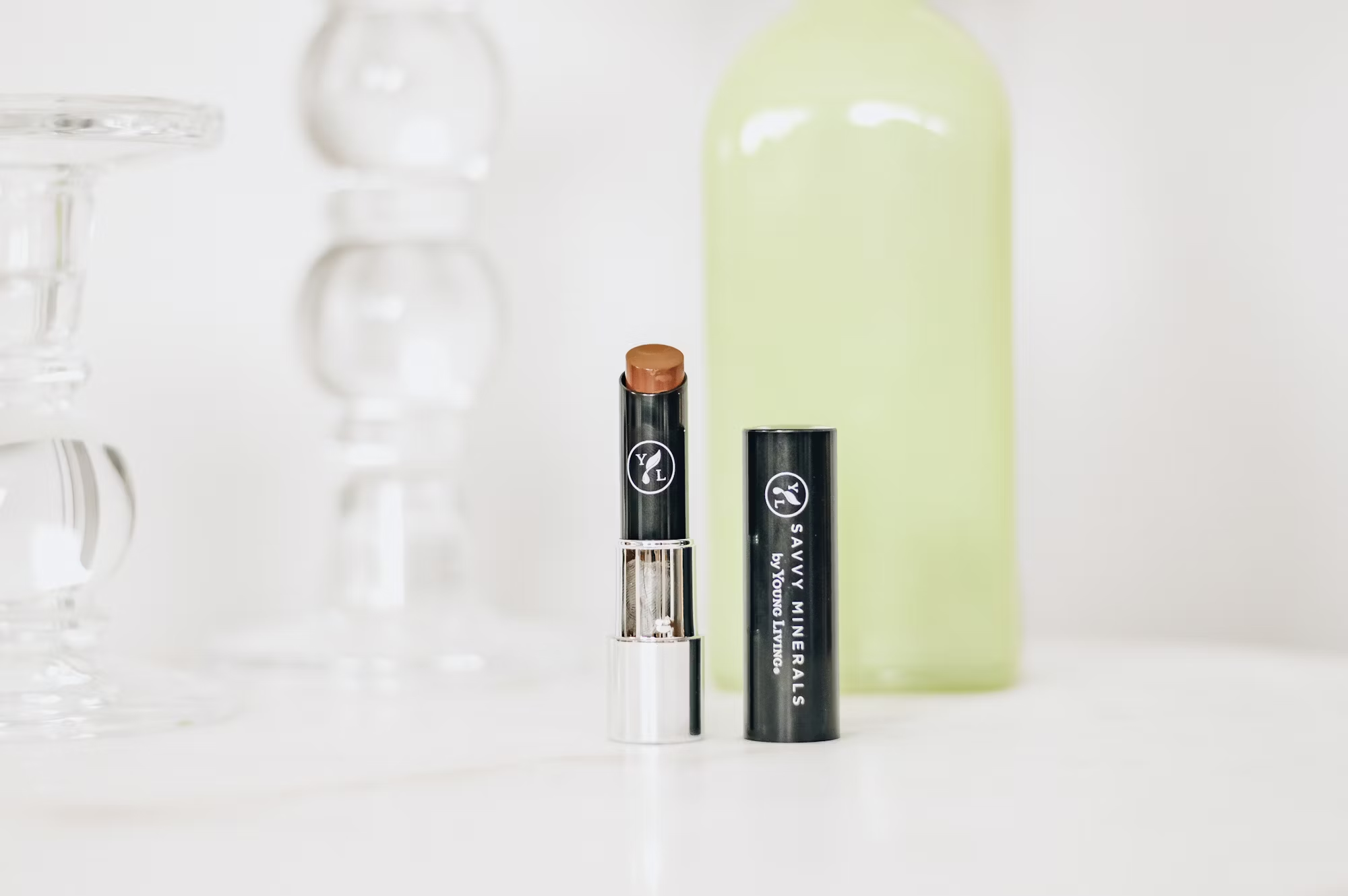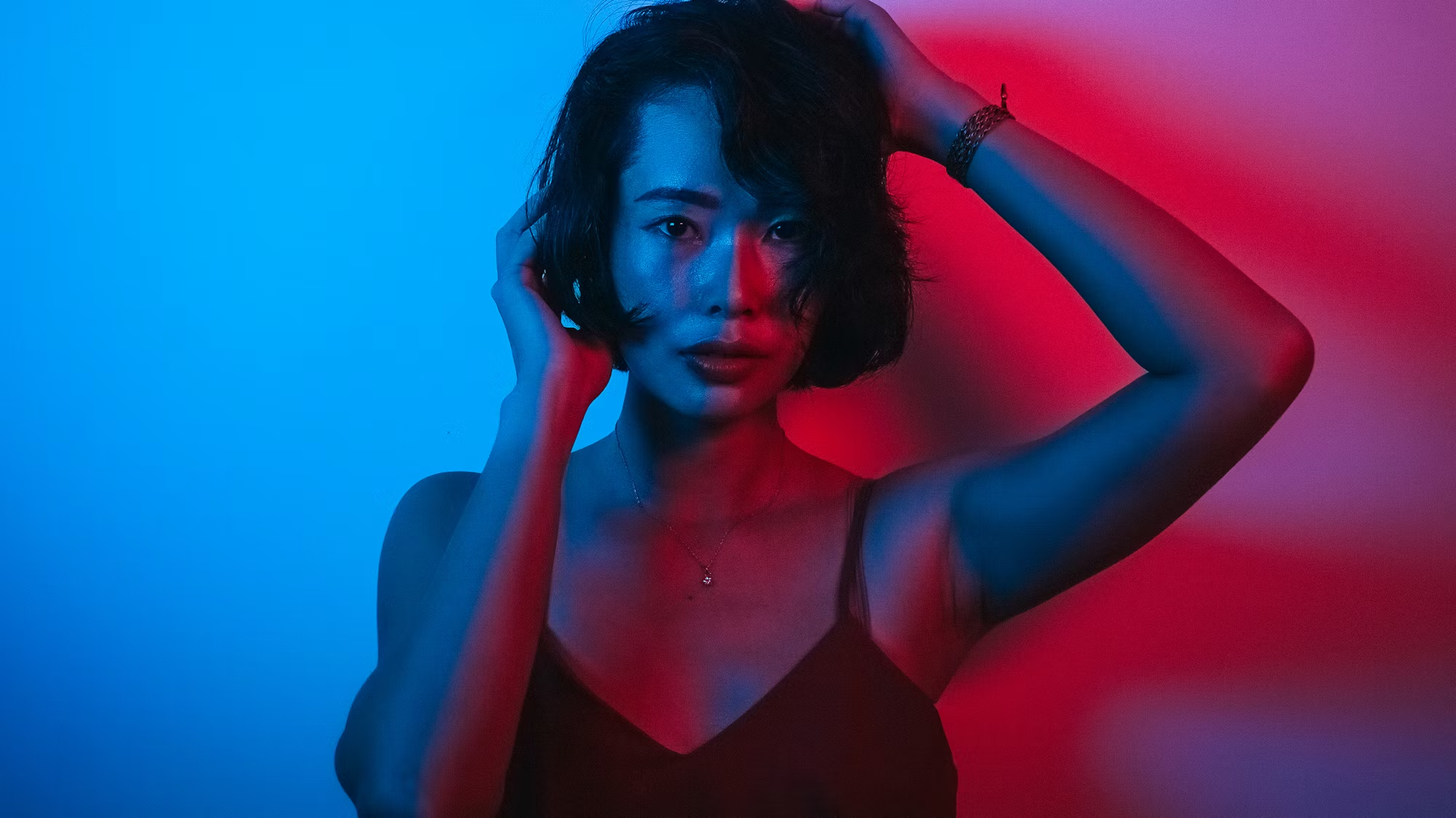Makeup is a universal form of expression that transcends borders, allowing individuals to convey their identity, culture, and creativity. As globalization continues to influence beauty standards, various makeup trends from around the world have gained popularity, showcasing unique techniques and philosophies. This article explores the rich tapestry of global makeup practices, highlighting the cultural significance behind these trends and how they can inspire beauty enthusiasts everywhere.
The Global Canvas: Understanding Cultural Influences
The beauty industry is deeply rooted in culture, with different regions offering unique perspectives on makeup and aesthetics. For instance, the traditional beauty practices of countries like Japan, India, and Brazil reflect their cultural values, history, and social norms. By understanding these influences, we can appreciate the artistry and thoughtfulness that goes into makeup application.
In Japan, the concept of “kawaii” or cuteness greatly influences makeup trends. Soft, pastel colors are often favored, with an emphasis on achieving a youthful, innocent look. Products like liquid blushes and glossy lip tints are popular, creating a fresh, dewy complexion. Additionally, the Japanese practice of layering skincare and makeup allows for a more natural finish, where the skin’s health is prioritized.
In contrast, Indian makeup is often characterized by vibrant colors and intricate designs. Traditional bridal makeup, for example, incorporates bold hues, shimmering highlights, and elaborate eye designs that symbolize joy and celebration. Products such as kohl eyeliner and richly pigmented lipsticks play a significant role in Indian beauty rituals, showcasing a commitment to artistry and detail.
Classic Techniques: Timeless Methods with Cultural Roots
While modern beauty trends often embrace new formulations and technologies, many classic makeup techniques have stood the test of time, rooted in cultural practices. One such technique is the art of contouring and highlighting, which has origins in theater and performance. This method has been adapted globally, allowing individuals to enhance their facial features.
In Western makeup traditions, contouring typically involves using matte bronzers to create shadows along the cheekbones and jawline, paired with highlighters for luminosity. This method allows for a sculpted appearance that can be tailored to various face shapes. The emphasis on defined features aligns with cultural ideals of beauty that prioritize symmetry and structure.
Conversely, in some Asian beauty practices, contouring may be approached differently, often focusing on achieving a softer, more blended effect. The goal is to maintain a natural appearance while subtly enhancing the face’s shape. This cultural nuance highlights the importance of context in beauty practices and the diverse ways individuals express themselves through makeup.
Eye Makeup: A Window to Cultural Identity
Eye makeup serves as a powerful means of self-expression, with different cultures showcasing distinct styles that reflect their identity. The dramatic eye looks of the Middle East, characterized by bold eyeliner and intricate eyeshadow designs, demonstrate the significance of eyes in communication and beauty.
Kajal, a traditional eyeliner used in many Middle Eastern and South Asian cultures, is known for its rich pigmentation and smooth application. It is often applied both on the waterline and the lid, creating a striking look that emphasizes the eyes’ natural beauty. Additionally, the use of shimmery eyeshadows and detailed techniques like cut creases adds dimension and flair to eye makeup, allowing individuals to express their artistic side.
In contrast, the minimalist eye makeup trend, which has gained popularity in Western cultures, emphasizes natural beauty and simplicity. Techniques such as using neutral eyeshadows and defining the lashes with mascara create a fresh, effortless look that highlights the eyes without overwhelming them. This trend reflects a cultural shift towards embracing authenticity and self-acceptance.
Lips: A Palette of Diversity
Lips are often the focal point of any makeup look, and the diversity of lip products and colors across cultures is a testament to their significance in beauty. In many Latin American countries, vibrant lip colors are celebrated, with shades of red, fuchsia, and deep plum dominating the beauty landscape. These bold choices often symbolize confidence and passion, reflecting cultural values that embrace individuality.
In South Korea, the popular “gradient lip” technique has taken the beauty world by storm. This method involves applying a deeper color at the center of the lips and blending it outwards for a soft, diffused effect. This look not only creates a youthful appearance but also aligns with the cultural emphasis on natural beauty and approachability.
Conversely, the resurgence of the nude lip trend in Western cultures speaks to a different aesthetic. Nude lipsticks, available in various undertones, have become staples in many makeup kits. This trend celebrates versatility and sophistication, allowing individuals to choose shades that complement their skin tone while exuding elegance.
Sustainable Beauty: A Global Movement
As awareness of environmental issues grows, many makeup brands are shifting towards sustainable practices, reflecting a global movement within the beauty industry. Countries like Sweden and Denmark lead the way in eco-friendly makeup, with brands prioritizing clean ingredients, recyclable packaging, and ethical sourcing.
This trend has also sparked interest in traditional beauty practices that emphasize natural ingredients. In many African cultures, for instance, women have long utilized natural oils and pigments for skincare and makeup. Incorporating these traditional methods into modern beauty routines not only promotes sustainability but also honors cultural heritage.
By blending modern formulations with traditional practices, consumers can make informed choices that align with their values while celebrating the diversity of beauty practices from around the world. This shift encourages individuals to explore products that are kind to the planet and the skin.
Makeup Education: Bridging Cultures Through Knowledge
The rise of social media and online tutorials has made makeup education more accessible than ever. Beauty influencers and artists from diverse backgrounds share their techniques, allowing individuals to learn about different cultural practices and adapt them to their own routines. This cross-pollination of ideas fosters a global beauty community, encouraging collaboration and appreciation of varied aesthetics.
Makeup workshops and classes that focus on global techniques provide opportunities for hands-on learning. Participants can explore different styles, from the dramatic looks of Bollywood to the subtle elegance of Scandinavian beauty. These experiences not only enhance skills but also promote cultural understanding and respect.
Additionally, the inclusion of diverse models and beauty representatives in advertising and media is essential for representing the spectrum of beauty that exists worldwide. By showcasing a variety of skin tones, facial features, and cultural backgrounds, the beauty industry can reflect the richness of global diversity.
Conclusion
The world of makeup is a vibrant tapestry woven from the threads of cultural practices, timeless techniques, and modern innovations. As beauty enthusiasts embrace diverse trends from around the globe, they celebrate the individuality that makeup offers. By understanding and appreciating the cultural influences that shape beauty practices, individuals can explore their creativity while honoring the rich heritage of makeup. In this ever-evolving landscape, the art of makeup continues to inspire, connect, and empower people from all walks of life, reminding us that beauty knows no boundaries.

